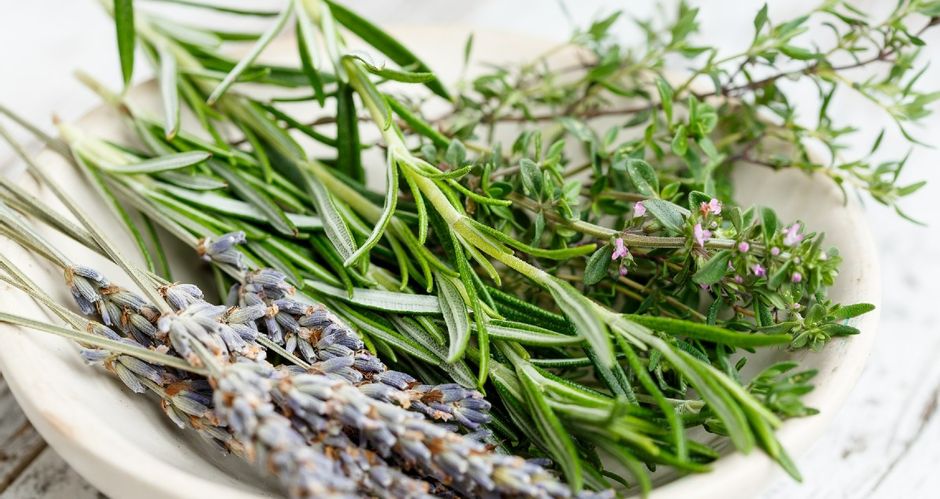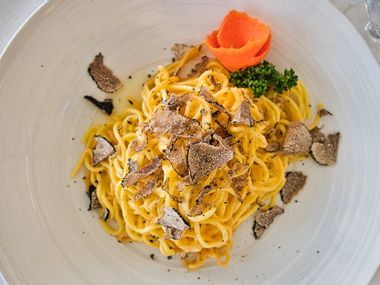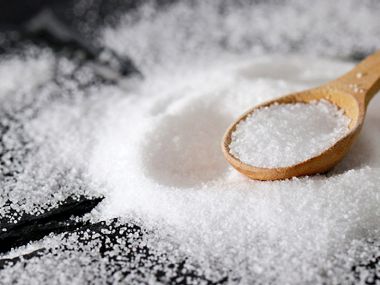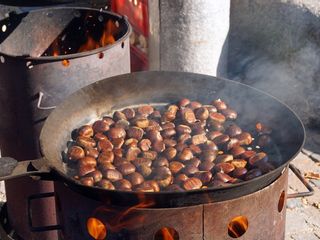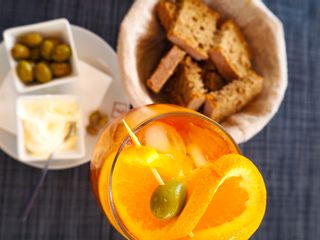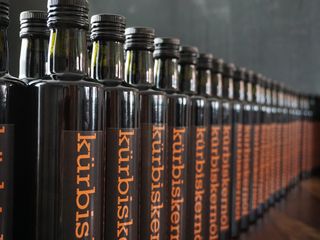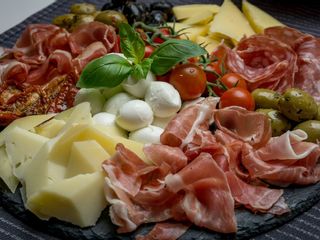When one speaks of Provence, one usually thinks of the violet lavender fields, the small mountain villages or the Mediterranean scenery. However, the region in Southern France can also convince in terms of taste, since a well-known herb mixture from French cuisine is the ‚Herbs de Provence‘. There is no uniform recipe for the spice mixture, but mostly herbs from the Mediterranean region such as thyme, rosemary, oregano and savory are used, and the spice mixture is often supplemented with dried lavender blossoms. Each herb included in the blend has its own beneficial effects, for instance, lavender has a very calming effect. As diverse as the ingredients in the herbal mixture are, the more diversely they are used in the kitchen. They are traditionally used to season French dishes such as ratatouille or bouillabaisse, but they are also used to give meat dishes or stews a slightly floral and sweet aroma. It is not for nothing that French cuisine is considered one of the best in the world, and with its high quality of food and drink as well as the creation of fixed courses, it has been the most influential national cuisine in Europe since modern times.
